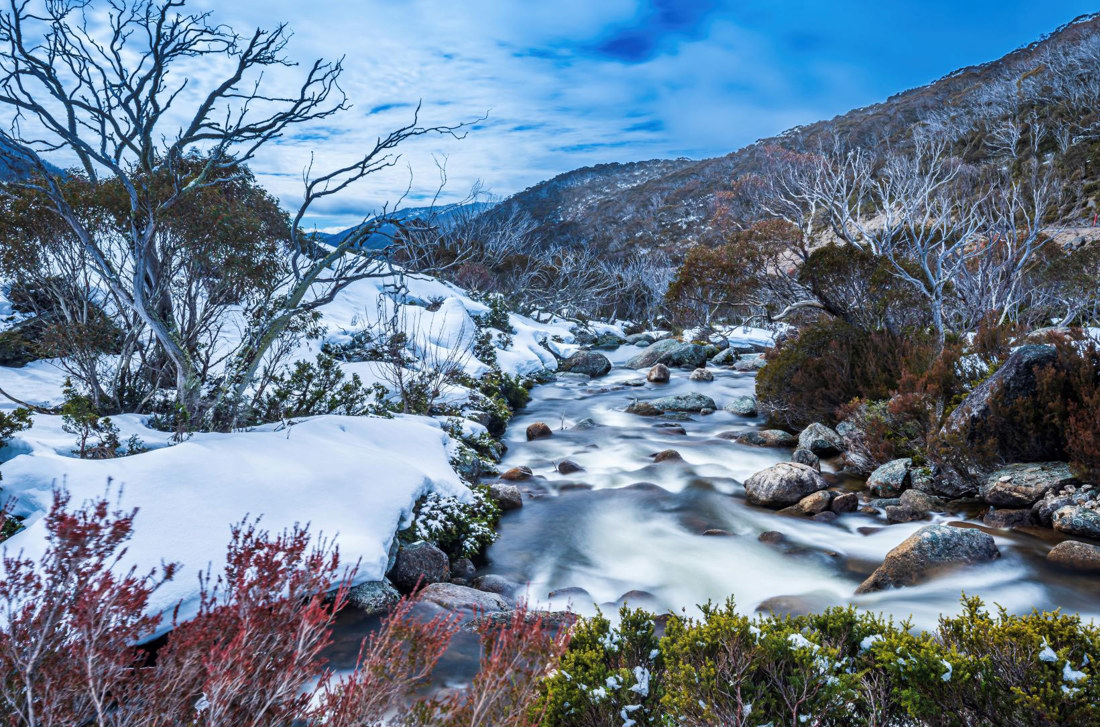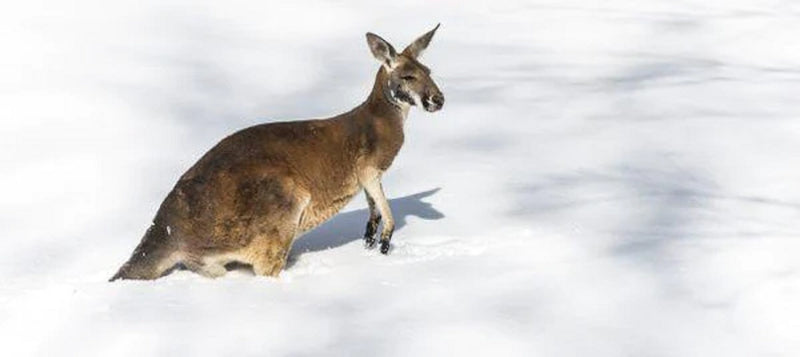Experience the Magic of Snow In Australia with Exciting Activities and Picturesque Scenery
Experience the Magic of Snow In Australia with Exciting Activities and Picturesque Scenery
Blog Article
Discover the Remarkable Impacts of Snow in Australia on Local Environments
Despite its online reputation for sun-soaked landscapes, Australia also flaunts areas blanketed by snow-- a sensation that greatly influences the country's unique communities. The shielding homes of snows shield plants and animals among the coldest winters months, while the melting snow nurtures rivers and water life.
The Unexpected Regions of Snowfall in Australia
Although Australia is typically connected with sandy beaches and sun-scorched landscapes, specific areas surprisingly experience snowfall. The high nation regions of New South Wales, Victoria, and Tasmania are specifically recognized for their winter season snow. The Snowy Mountains in NSW, for example, receive plentiful seasonal snow, providing a plain comparison to the country's common warm, dry climate. On the other hand, the Victorian Alps and components of Tasmania additionally see annual snowfalls, transforming the landscape right into a winter wonderland. These areas are not just abnormalities yet indispensable components of Australia's varied climate system. The visibility of snow in these areas considerably affects regional communities, consequently influencing the nation's unique biodiversity. However, the particular effect on Australia's distinct plants will be gone over in the next area.

Just How Snow Impacts Australia's Special Plants
While it might seem uncommon, snowfall in Australia plays a critical duty fit the nation's special plants. The snow-filled winter seasons foster resilience in Australian plant species. This is particularly evident in the towering and sub-alpine regions, where snow periodontals and mountain plum-pines flourish. These plants have evolved to make it through in extreme conditions, with snow working as a protective covering from extreme winds and freezing temperatures. The snow likewise adds to the moisture material of the soil, providing essential hydration for plant throughout the completely dry summer season months. Basically, the snow affects the timing of flowering and seed dispersal, the growth prices, and the survival of numerous plant varieties, showcasing the elaborate interplay between environment and flora in Australia.

The Adaptations of Australian Animal to Snowfall
Simply as Australia's flora has actually adapted to the wintery problems, the neighborhood animals too, show impressive adaptations to the snowfall. Species like the Mountain Pygmy-possum, the only Australian marsupial recognized to hibernate, have advanced approaches to survive in snowy environments. It makes use of the snow as insulation, hibernating in rock holes beneath the snow to remain warm. The Snow Skink, a types of lizard, transforms its colour to white during winter season, providing camouflage versus predators. Birds such as the Snowy Hills' Crimson Rosella also readjust their diet plans to take in readily available food resources throughout cooler periods. Thus, in spite of the rough problems, Australian animals shows a flexible and resilient nature, guaranteeing their survival in areas experiencing snowfall.
The Function of Snow in Forming Neighborhood Ecosystems
In forming the neighborhood environments, the duty of snow in Australia is both multilayered and profound. Snow supplies a critical water resource, feeding rivers and storage tanks as it thaws, thus sustaining a variety of water life types. The presence of snow forms the vegetation patterns, pet actions, and total sustainability of Australia's special communities.

The Future of Snowfall in Australia: Ramifications and predictions

Given the vital role snow plays fit neighborhood ecological communities, the future of snowfall in Australia is drawing boosting interest from conservationists and scientists. Current climate designs predict a significant decrease in snowfall because of international warming, with potentially extensive effect on regional communities. Much less snow might cause minimized water accessibility in towering regions, negatively affecting wildlife environments and plant life. It could modify the timing of seasonal adjustments, interfering with the wikipedia reference life cycles of lots of native types. The tourist sector, greatly dependent on the winter months snow period, might likewise deal with considerable challenges. Understanding these forecasts and their ramifications is vital to establish efficient conservation approaches, making certain the conservation of Australia's unique biodiversity and the sustainability of its economic climate.
Verdict
The function of snow in Australia's ecosystems is crucial yet typically neglected. It functions as a guard, a nurturer, and a shaper of diverse alpine species, adding to the richness of Australia's high nation. As climatic patterns proceed to shift, understanding the implications and prospective improvements of these snow-influenced check ecosystems is critical. Hence, the snow in Australia is greater than an all-natural spectacle; it's a crucial player in the nation's ecological story.
Despite its track record for sun-soaked landscapes, Australia also flaunts areas blanketed by snow-- a phenomenon that greatly affects the country's special environments. It uses the snow as insulation, hibernating in rock crevices underneath the snow to remain warm - Snow In Australia.In shaping the neighborhood communities, the function of snow in Australia is both multilayered and profound. The presence of snow shapes the greenery patterns, animal behavior, and overall sustainability of Australia's one-of-a-kind ecosystems
Given the vital role snow plays in forming regional ecosystems, the future of snowfall in Australia Visit This Link is drawing boosting interest from researchers and ecologists.
Report this page